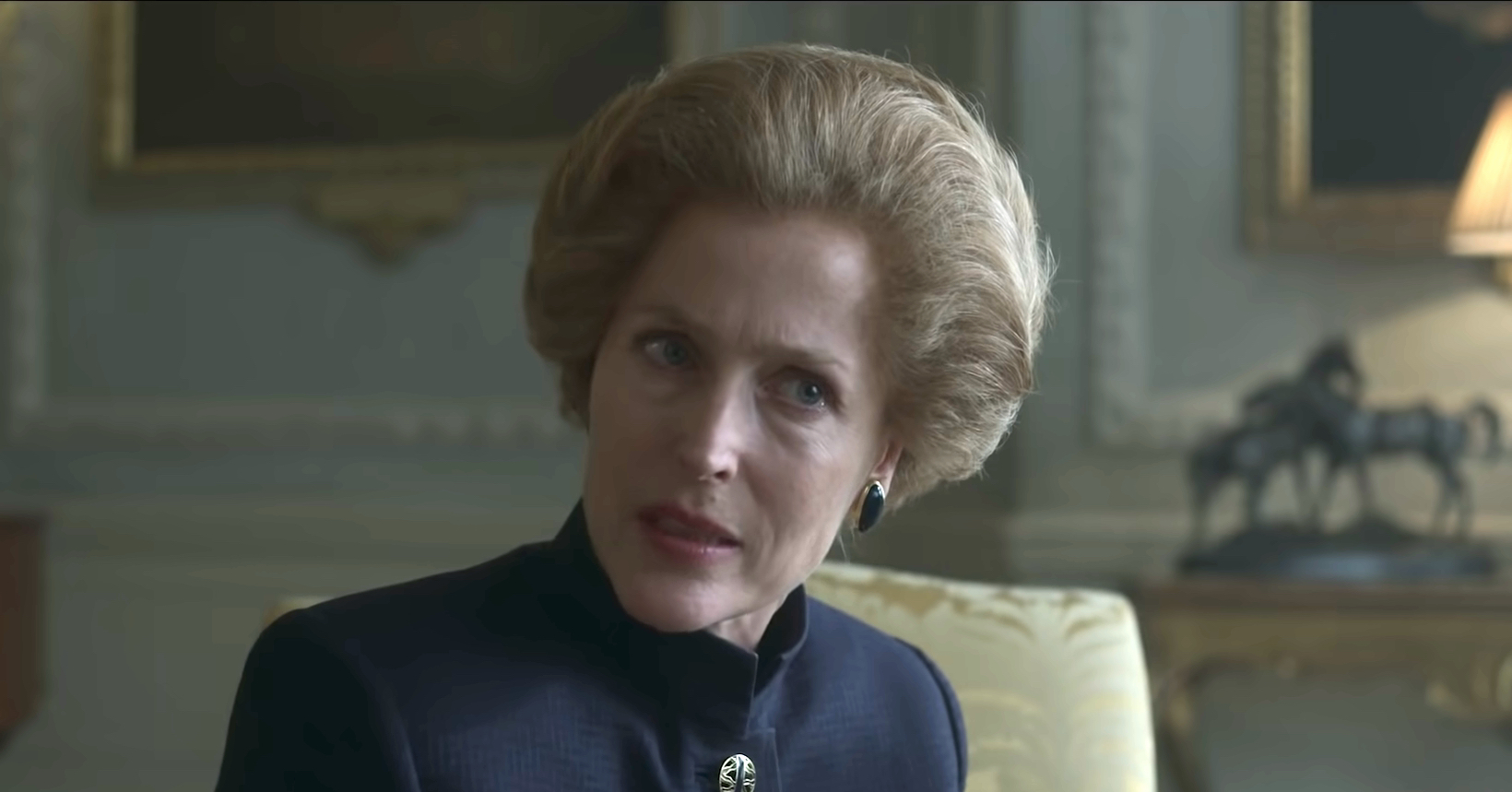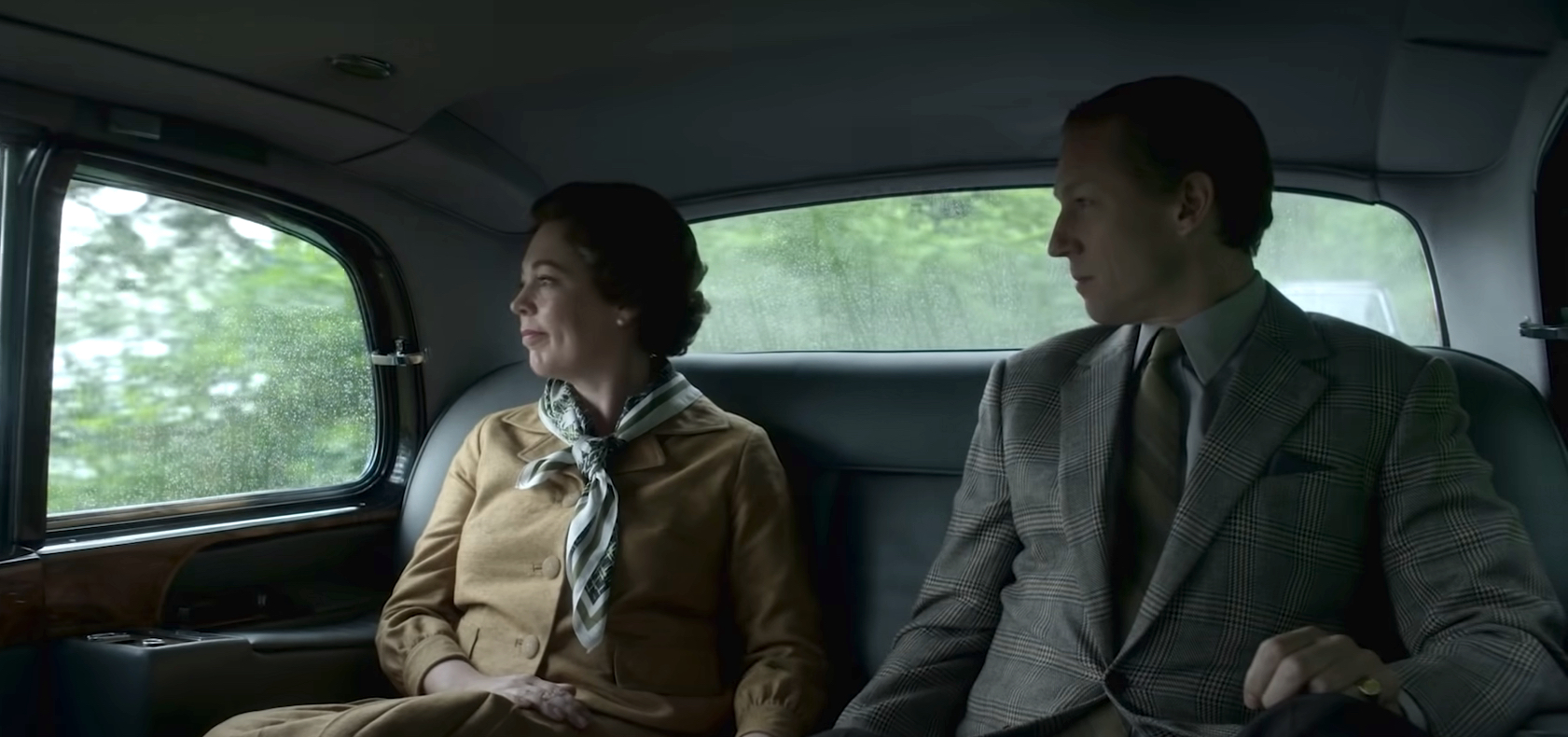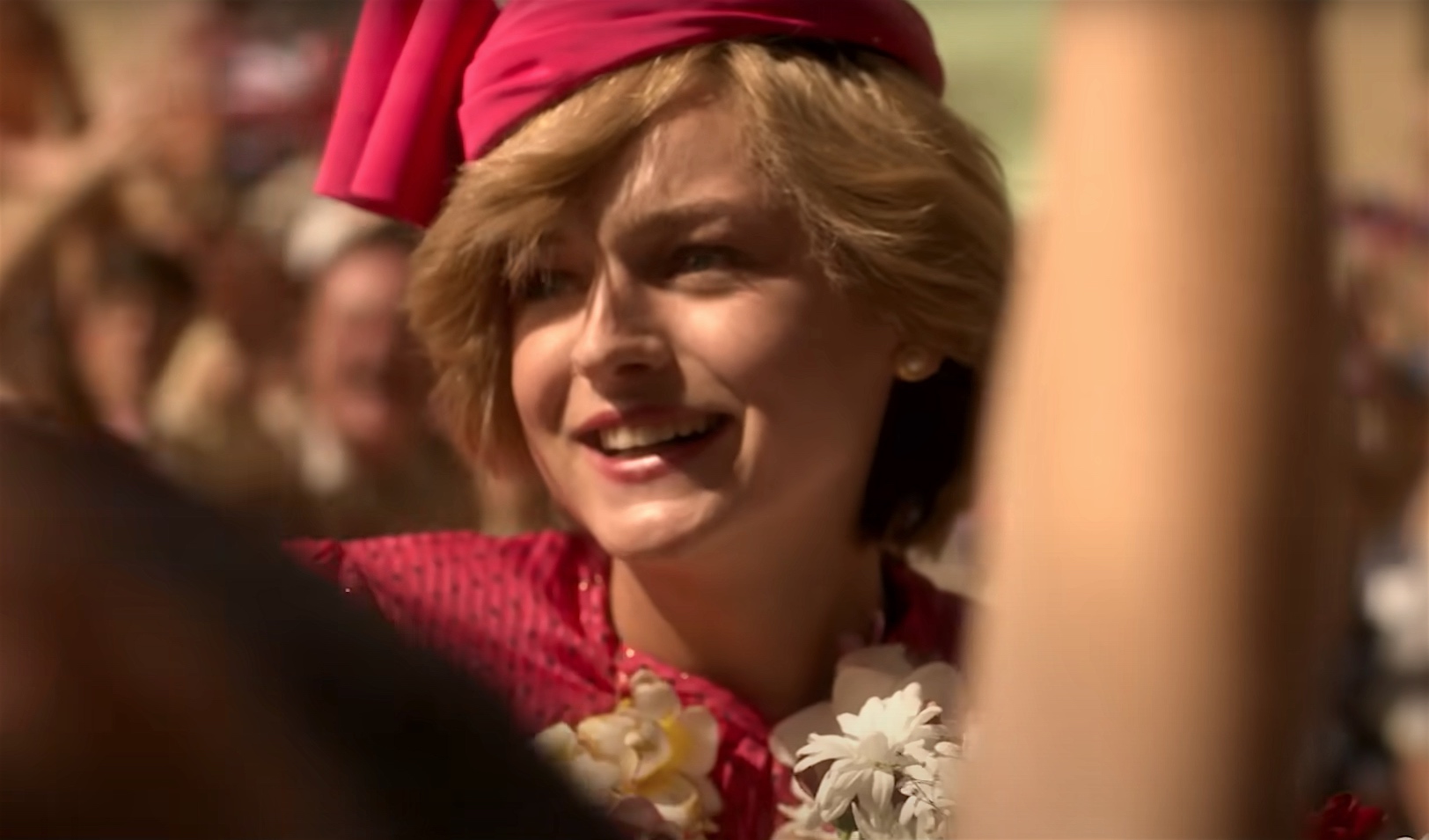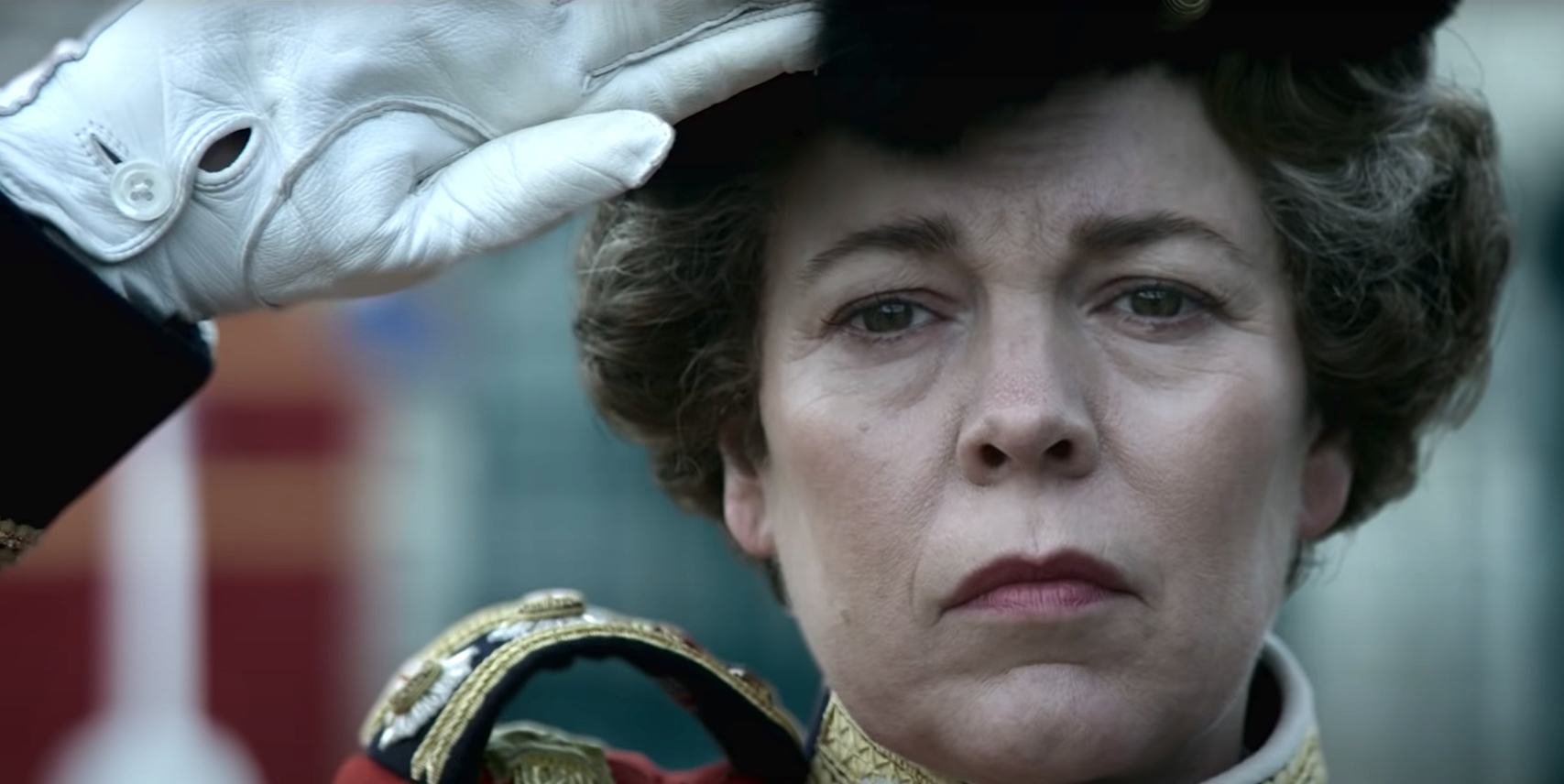'The Crown' season 4 review: The Windsor Effect
Why are we so fascinated with the British royal family, in general, and the TV series The Crown, in particular?
By we, I mean people like you and I: presumably Filipinos in the Philippines. What is it with this family of rigid, upper-class Caucasian folks whose only real qualification for their jobs is the luck of their births?
The question came to mind as Twitter, and later mainstream media outlets, pointed out that shows featuring diverse casts and themes, such as Sense8, One Day at a Time, GLOW and Altered Carbon were axed by Netflix after two or three seasons, while lily-white The Crown, created by The Queen and Frost/Nixon writer Peter Morgan, and costing around $120 million per season, gets a guaranteed six-season run.
Netflix often cites "standard viewership vs. cost renewal review" as the decisive factor in which shows get canceled, but given that the streaming giant does not employ an independent agency to track its viewership, and that its self-reported metrics have been side-eyed by ratings authority Nielsen Media Research, it’s understandable when people take that reason with a grain of salt.
The question popped up again as a clip from season four of The Crown, which dropped on Nov. 15, went viral on social media. In it, Helena Bonham-Carter, who plays the chaotic Princess Margaret, regales her family with a tale from her visit to Manila and pokes fun at then-First Lady Imelda Marcos’ accent.
In 1978, Imelda Marcos tried but failed to get an audience with Pres. Carter. By Aug, Pope Paul VI died and it was up to Rosalyn Carter to mend fences w/ Imelda at the funeral. Imelda made a scene by showing up decked w/ medals & decorations like a head of state attending a gala pic.twitter.com/gUdDc3Juys
— Your Daily Dose (@SaltAndReality) October 21, 2020
A jab at Imelda, who seemed – from her penchant for tiaras and extravagant jewelry to bedecking herself in meaningless medals for Pope Paul VI’s funeral – to have a royalty fixation, seemed like a welcome reality check for loyalists mythologizing and revising the horrors of martial law. But the show’s target, her accent, and not, oh I don’t know, her role in the wholesale plunder of the country’s coffers, left a bad taste.
Then there’s the stag.
The Balmoral Test, episode two, has Prince Phillip and Princess Anne (played with curdled exasperation by Erin Doherty) excitedly relay news to Queen Elizabeth: a stag, victim of a bungled shot from the neighboring estate, has wandered to the Crown’s property and must be put down. The culprit, Princess Anne explains, was their neighbor’s commercial guest. “Japanese, apparently,” she says with distaste.
When we get to episode eight’s montage of different black and brown people in various ‘exotic’ locales listening to the Queen’s 21st birthday speech (delivered in a cameo by Claire Foy), we’re supposed to see that to the monarchy, the Commonwealth is what Queen Elizabeth II verbalizes it to be: a family. 48:1 is meant to cast the Queen as the benevolent monarch and the Prime Minister as its racist and classist frenemy.
But to us watching, they all look like different flavors of the same overlord. Starts with a “C” and ends with “olonizers.”
Why, again, are we so fascinated with this family, and with this show, which doesn’t so much critique their snooty point of view as lovingly depict it?
Season four, set from 1979 at the start of Margaret Thatcher’s reign and ending with her ignominious exit in 1990, introduces us to a new world—at least for The Crown.
Far from being part of the cheering crowds grateful to be included in a royal tour, the Commonwealth now wants freedom (as in the Australia-centric episode, Terra Nullius), or to impose sanctions on its apartheid-loving member-states, as in 48:1, which delves into the battle to get Thatcher to agree to a statement against South Africa. Royal marriages are no longer bend-to-not-break matters, with the season exploring the very boomer struggles of Charles and Diana in their disastrous partnership. And like it or not, whether it’s through contact with dictators’ wives or with paying guests of a neighboring estate, people of color are now entering the upper-crust areas and disrupting the world of the royals.
Which brings us back to the question: Why, again, are we so fascinated with this family, and with this show, which doesn’t so much critique their snooty point of view as lovingly depict it?

Even Margaret Thatcher, played by Gillian Anderson as though haunted by Maggie’s moldering spirit, and portrayed as someone whose policies caused widescale unemployment and degraded Britain’s social fabric, is given a graceful coda. You’d think The Crown could be less conciliatory about someone immortalized as "Attila the Hen" and "Margaret Thatcher, Milk Snatcher."
Helplessly binge-able
But what choice do we the viewers have, when the show is engineered for our immediate and helpless consumption? The Crown gives us middle-brow entertainment at its best, zhuzhed up with lavish sets, impeccable costuming, dour and subdued background music, and a pedigreed, BAFTA-collecting cast. All that, and it doesn’t even ask much from us; never challenging the viewer with abstractions or uncomfortable topics, nor is it ever more than gently chiding to its characters, as terrible they can be.

The best example of this would be Favourites, which has the Queen arranging one-on-one lunches with her children to answer if she has her favorite. (Spoiler alert: it’s Andrew). Charles is vain and foolish, talking about the organic lines of his gardens in Highgrove as an expression of his soul. Anne, the once electrifyingly frank royal of season three, is now bitter, divorced and unhappy. Edward, the youngest, is bullied at Gordonstoun and responds by becoming a vindictive cop. Andrew, in a tasteless reference to his latter-day involvement with Jeffrey Epstein, waxes rhapsodically to his mother about the movie The Awakening of Emily, where an underage girl is seduced by a succession of perverted older men.
What does the Queen, and the show, have to say to all this, including the hint that the Queen’s parenting may be a tad, very slightly, a tiny bit to blame? “Our children are lost, all lost in deserts of their own.” Cringe.
James Poniewozik, the New York Times chief TV critic, tweeted that The Crown’s episodes are like sitcoms, with the classic A-, B- and C-plot structure, and Favourites – with Thatcher’s son lost in the Dakar rally, the Queen’s lunches with her children, and the start of the Falklands war – is its best and most entertaining example.

And then there are all the Charles and Diana episodes, with the screaming, crying, arguing and self-harm. (Diana’s eating disorder is prefaced with content warnings at the start of the episodes.) The younger generation tweeting their hate at Charles and Camilla may find this compelling, but for those of us old enough to have lived through the dissolution of their marriage in real time, this is tiresome territory. More so because, as Princess Margaret helpfully reminds us, it could have been completely avoidable, if Charles and Camilla had been allowed to be together in the first place.
Even so, there are times when The Crown breaks out from the mold with memorable single-topic episodes.
Season three had the shattering Aberfan, and while no episode comes close this season, there’s the memorable fifth installment, Fagan. Here The Crown comes as close to critical as it can get, portraying the desolation of Thatcher’s England in Michael Fagan, a divorced father stuck in the relentless bureaucracy of being on the dole, and contrasting it with the elegance and opulence of the royals’ engagements. He decides to break into Buckingham Palace, not once but twice, and in the second time manages to sneak into the Queen’s bedroom and have a tête-á-tête with the monarch. The episode threads the needle between dark comedy, tension and realism.
That this actually happened, and that, according to Fagan, the Queen was as composed through it all as the episode portrays, makes it all the more interesting.
The Windsor Effect
As the central family in the series, one could not ask for a better subject than the House of Windsor. They are the avatar for the messy and repressed side of the ruling class, whose family drama mirrors our own, only in massive scale. The twists and turns of the family’s ascent to power and its wobbly moments, but never its decline, is pure soap opera TV classed up.
The Crown is lavish, well-acted, well-produced and structured for maximum binge-watching.
For a different perspective and as complementary viewing, the six-episode docu-series The Royal House of Windsor (also on Netflix) is a must. It portrays the Windsors less than bewildered, duty-bound Brits and more like ruthless masters of branding, eager and willing to excise their less appealing family members (such as poor Cousin Nicky, Tsar of Russia and denied asylum in England, eventually meeting a violent end during the Bolshevik revolution) to keep their own monarchy alive and relevant.
This ruthlessness lurking beneath the etiquette and protocol is underscored in the last episode of the series. Prince Phillip points out to Princess Diana that every member of the family is an outsider. There is only one who matters: the monarch, the “oxygen we all breathe.”
As played by The Crown’s excellent cast, the Windsors, and their adjacent colleagues and friends, come alive in ways I suspect may be more compelling than reality. Charles and Anne’s transition from their youth in season three to their damaged adulthoods is wonderfully played by Josh O’Conner and Erin Doherty. Emma Corrin, as Princess Diana, evokes Samantha Morton in her heyday, with an innocence and fragility that is both captivating and irritating.

It bears repeating that having the immensely likeable Olivia Colman embody a woman, who, in real life, seems much more remote and opaque, is the best PR the House of Windsor could ever hope to generate. The scenes that bring together Colman, Helena Bonham-Carter and Gillian Anderson are extremely enjoyable, although I must admit to hoping the Queen would give the Prime Minister a verbal smackdown once or twice, though that probably isn’t her style.
The Crown pulls out all the stops. It is lavish, well-acted, well-produced and structured for maximum binge-watching. You’re probably watching already. The hope is that one consumes it critically and not to swallow it all as gospel truth. A little supplementary watching and reading, and a bit more decolonization in the other entertainment choices, would be, as the Queen might say, not amiss.
(Images from Netflix)



